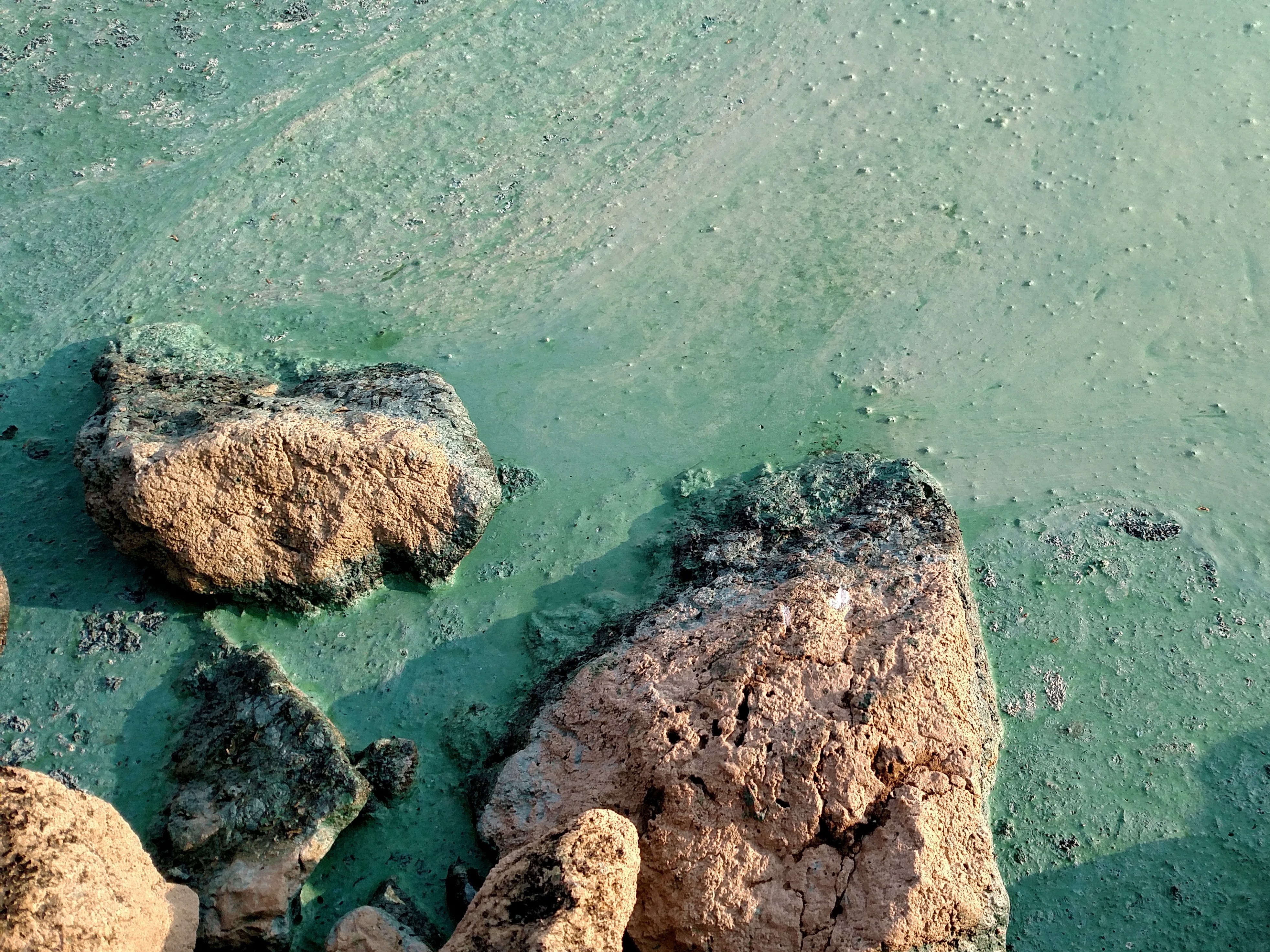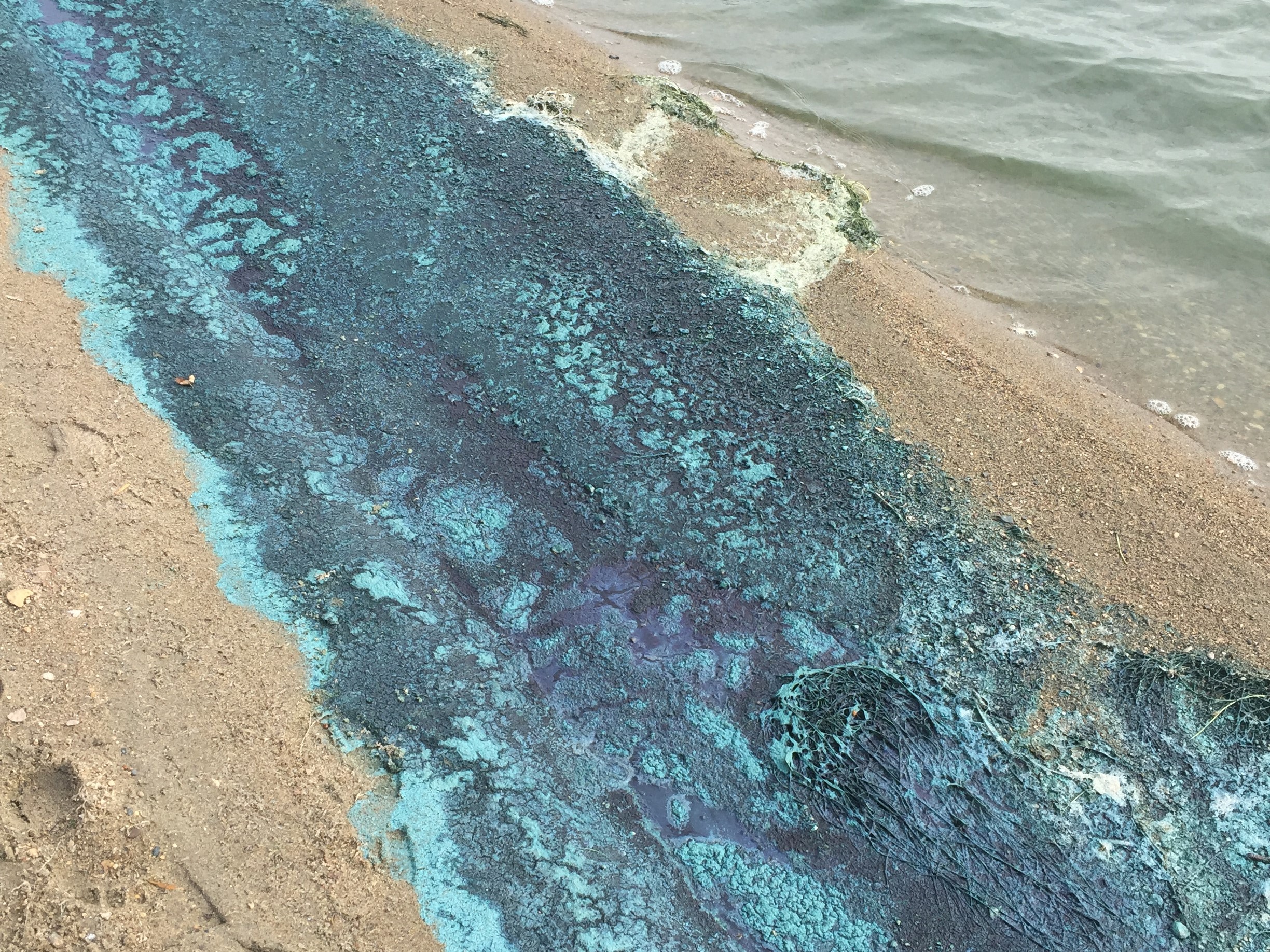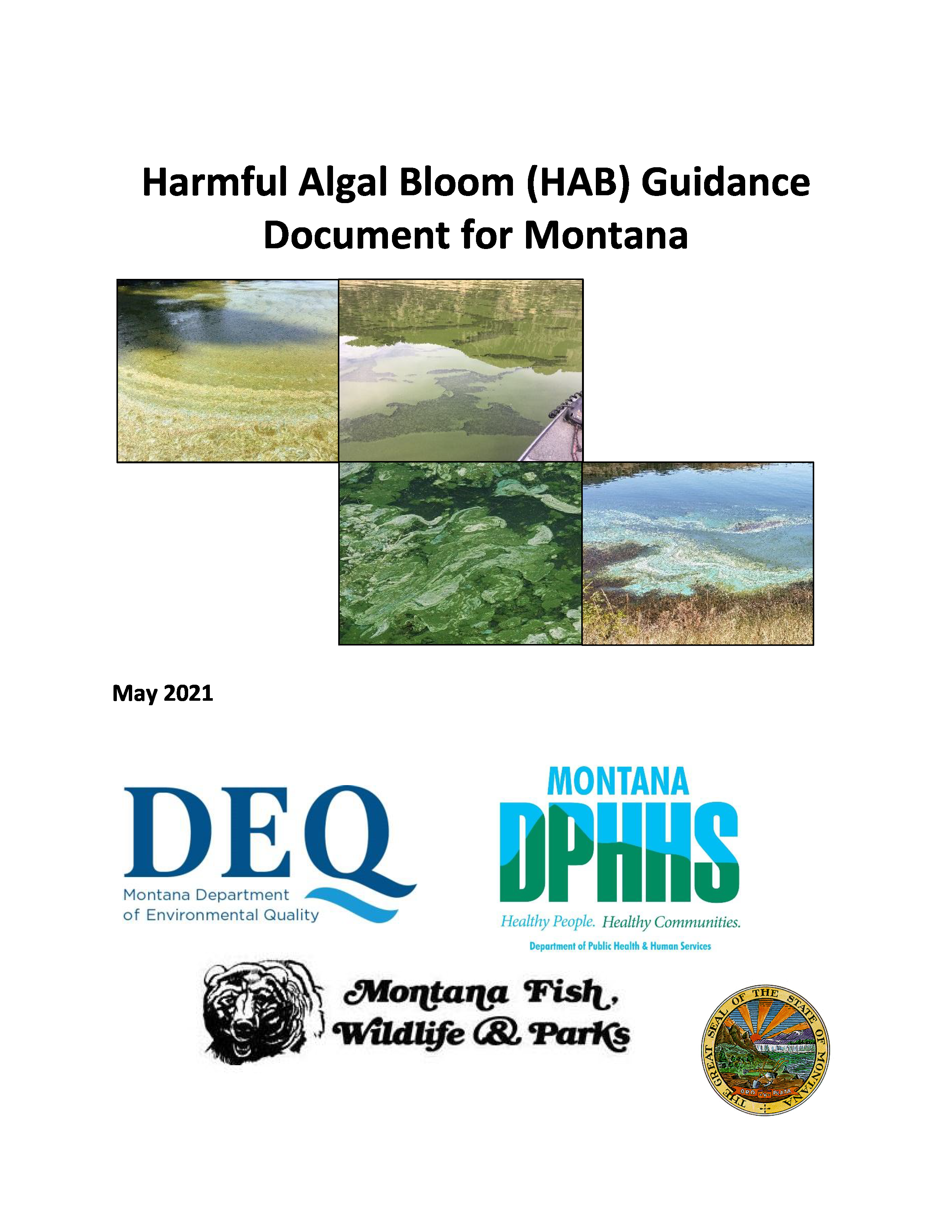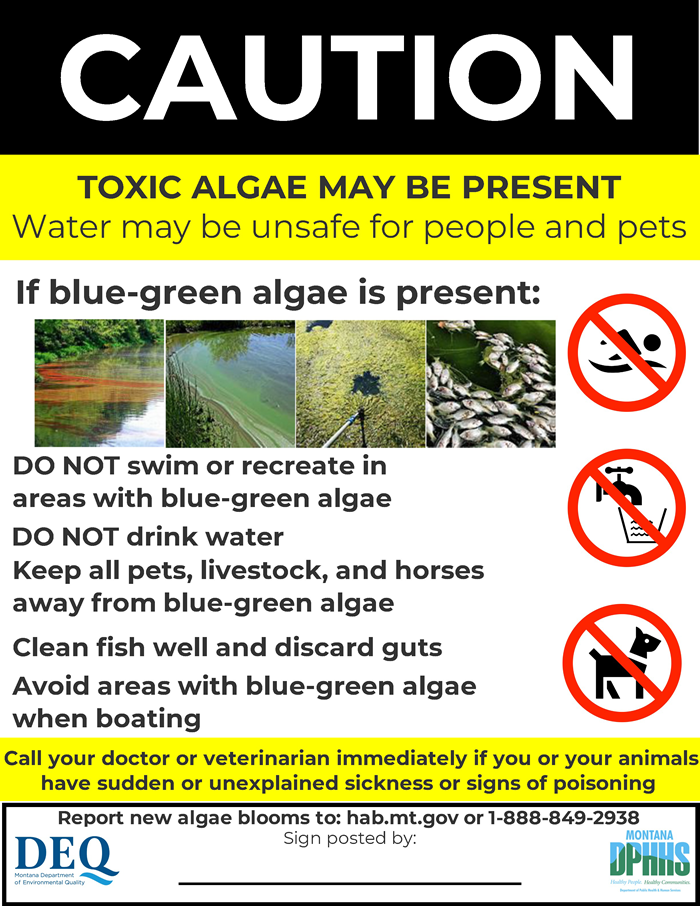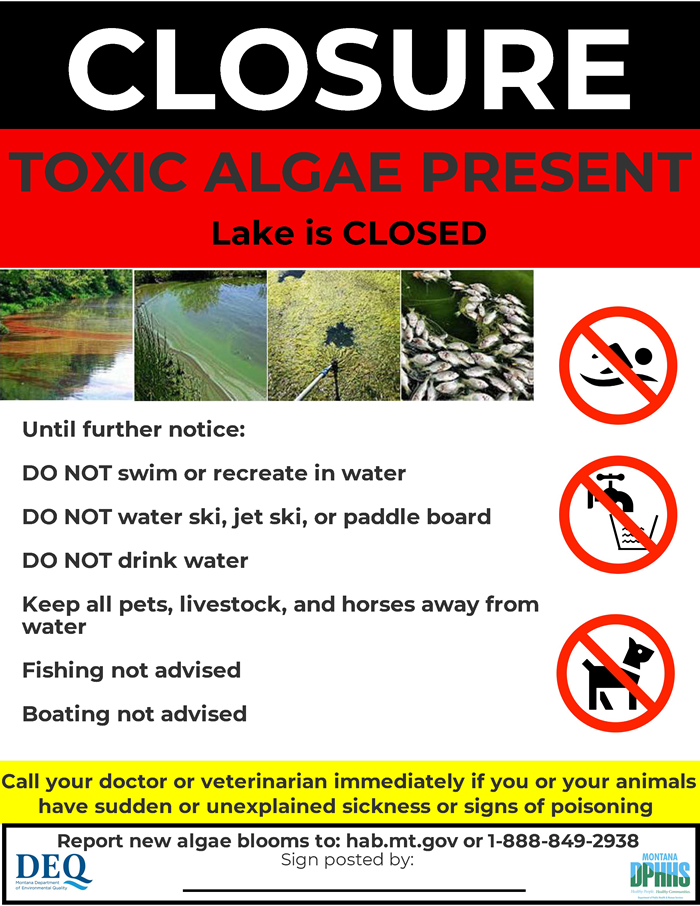Public Health & Safety: Harmful Algal Blooms
View the Harmful Algal Bloom (HAB) Map or Submit a Report
These are public reports of algal blooms. Reports do not represent a comprehensive list of all HABs. Therefore, this map does not show the full potential of waterbodies experiencing blooms, nor can we accurately know the health risk at any given time. Advisories (caution or closure) are issued by experts, but it is impossible to keep the status of each report perfectly up to date. Toxin production may occur or dissipate at any moment. Please use your best judgment to determine if a bloom is in the area, and if in doubt, stay out.
Harmful algal blooms (HABs) are an overgrowth of a type of algae, known as cyanobacteria, in water that can affect water quality and aquatic life. Some cyanobacteria can create toxins that may harm people and animals. Use caution during a HAB event (or a potential HAB event) as your health can be impacted when you are near the water, consume the water, or swim in the water.
HABs appear as “pea soup”, “grass clippings”, or “spilled paint” and are usually suspended in the water column or floating on the surface in a mat. The bloom can be many colors including green, blue, gold, or red.
Cyanobacteria are naturally-occurring photosynthetic bacteria found in many habitats (including recreational waters). Potentially toxic blue-green algae occur throughout Montana in any standing bodies of water exposed to the sun, e.g., lakes, reservoirs, stock ponds, eddies in slow moving water, and roadside ditches.
If you suspect a bloom, avoid touching or ingesting the water. Avoid inhalation of aerosolized (particle-sized droplets) of water. If you and/or your pet do go into the water, wash yourself off with clean water immediately after.
Symptoms can start within a few hours of exposure and last for 2-3 days. In humans and animals, symptoms may include: skin, ear, eye, nose, or throat irritation; respiratory issues; lethargy, paralysis, tremors or seizures; abdominal pain, diarrhea, or vomiting.
- DEQ's HAB Factsheet
- EPA's Harmful Algal Bloom Webpage
- CDC's Harmful Algal Blooms and associated Illness
Montana's Capital High School's award winning video.


